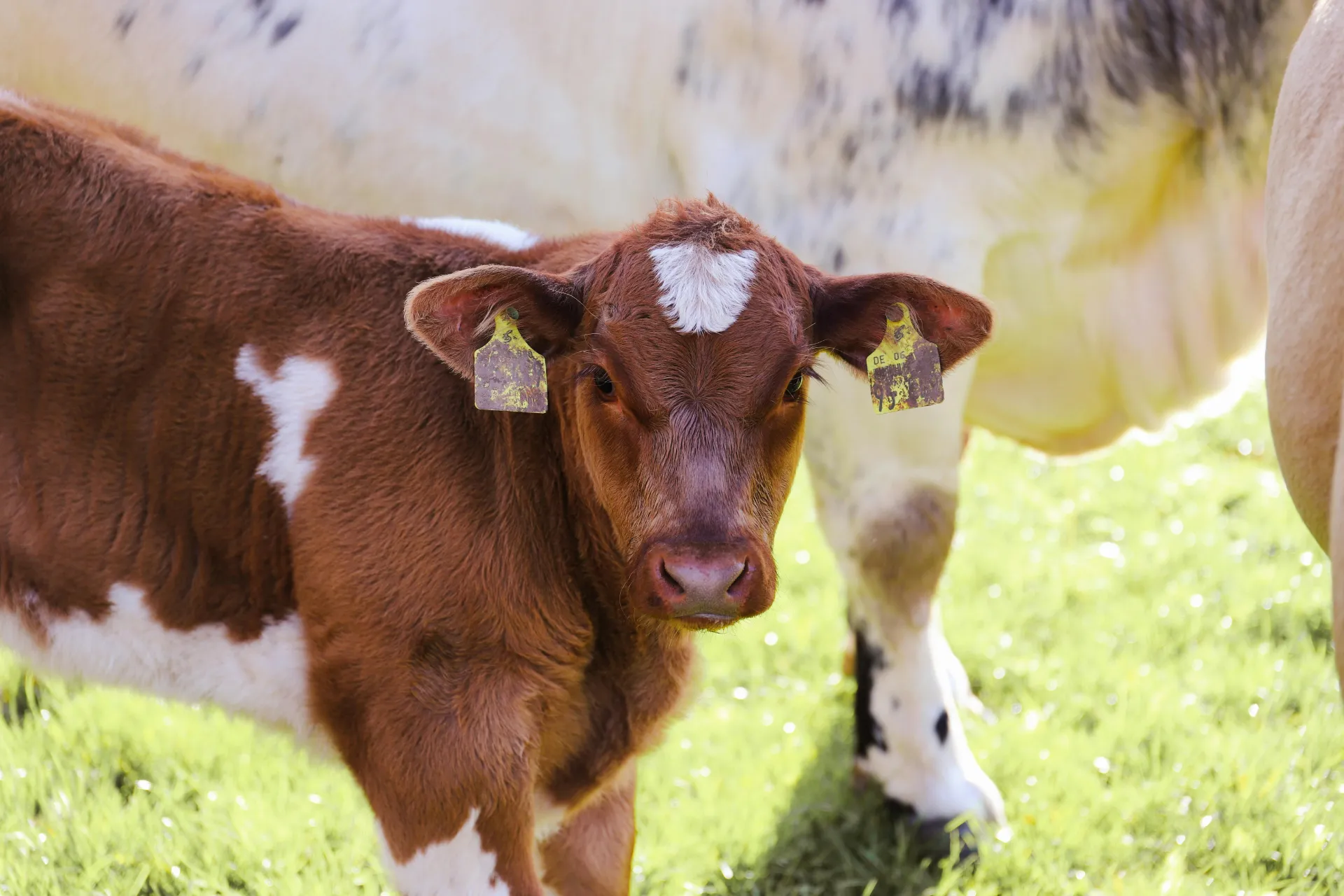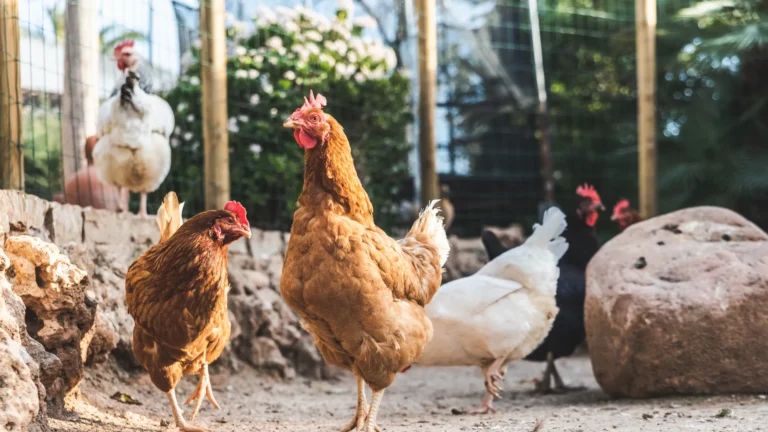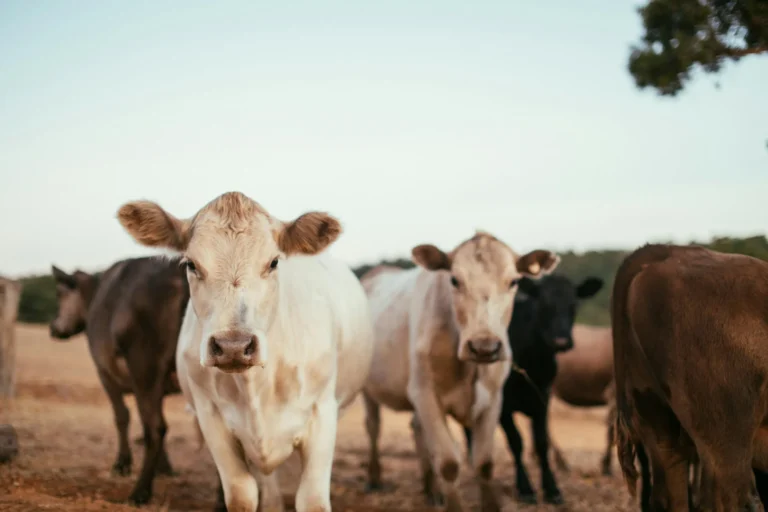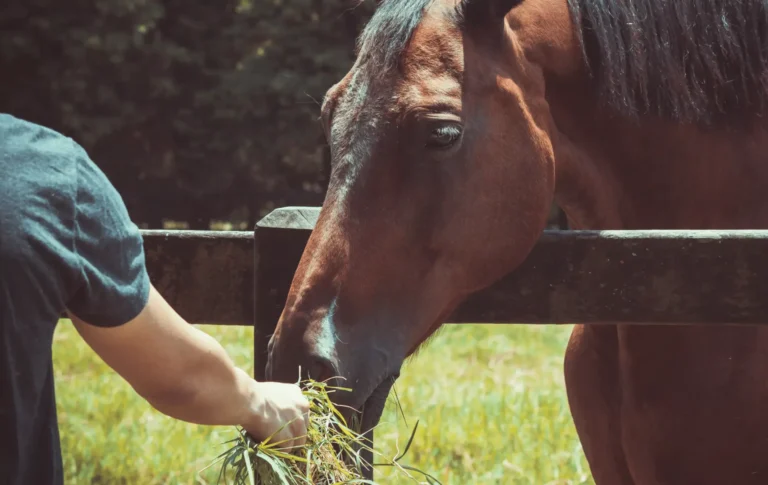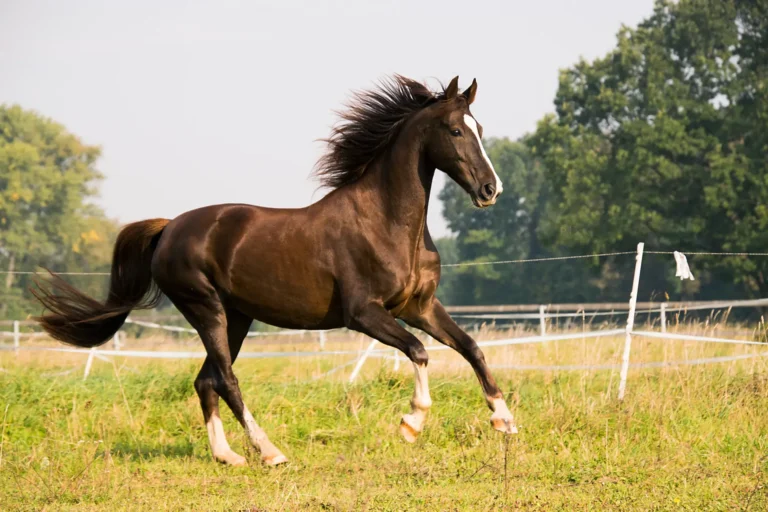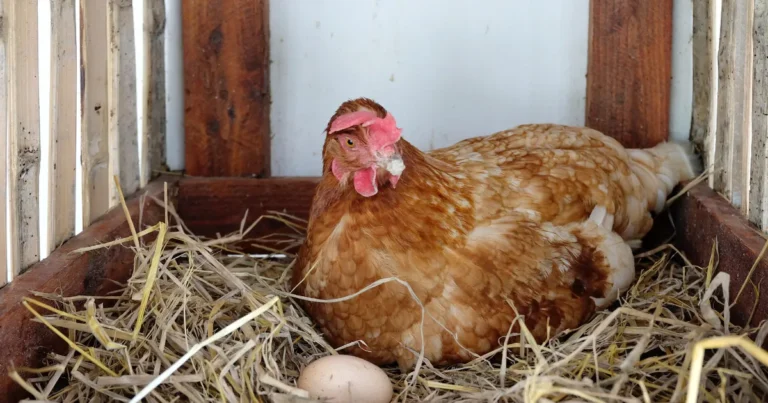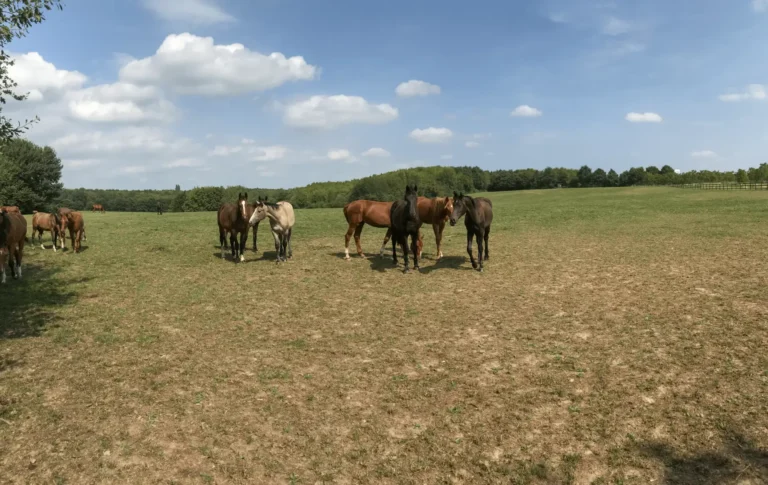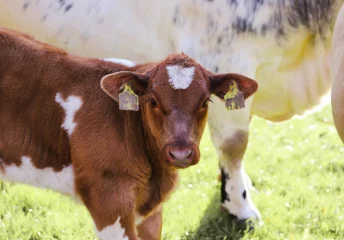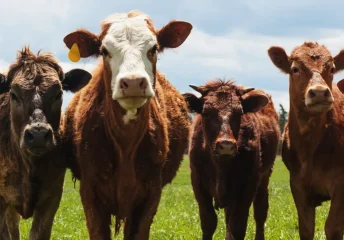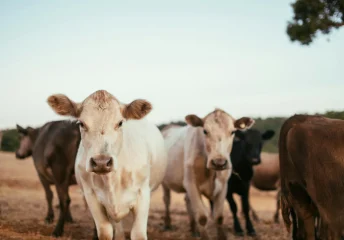Switching your livestock to a new feed may seem simple, but going about it the wrong way can bring serious consequences. Digestive upset, decreased performance, and unnecessary strain on your animals are just some of the stressors a sudden or inappropriate dietary change can bring. Whether you’re changing feeds due to availability, seasonal needs, or a new nutrition plan, we’ll share how to transition livestock to a new feed without stress so your animals can stay healthy and productive.
Best Practices for Transitioning Livestock to a New Feed
Changing your livestock’s feed shouldn’t be an impulsive decision. Running to the feed store and grabbing a new bag when your feed bin is empty is a recipe for disaster. Instead, care must be taken to protect your livestock’s digestive system and overall health. Here are some guidelines to follow:
Choose High-Quality, Appropriate Feed
When changing feeds, make sure you’re providing balanced nutrition through quality feed for your livestock. The new feed should be palatable and appropriate for their species, age, and stage in life, while still fitting into your budget. If the new feed you’ve chosen doesn’t check all the boxes, you’ll be repeating the process again sooner rather than later.
Make the Change Gradual
A sudden switch can overwhelm the digestive system. In ruminants like cattle, sheep, and goats, it can lead to acidosis or bloat, and colic in horses. Instead, introduce the new feed slowly over the course of 7-10 days. Start with a small portion of the new feed mixed in with the old, gradually increasing the ratio until your animals are fully adjusted.
Monitor Health Closely
Throughout the transition to a new feed, keep a close eye on your livestock’s body condition, manure consistency, appetite, and overall behavior. Loose stool, reduced feed intake, or lethargy can signal that the change in their diet is happening too quickly. Take a step back and slow the transition process down if needed to let their gut microbes adjust to the change.
Ensure Plenty of Forage and Fiber
For ruminants and horses, forage should always remain the foundation of their diet. When transitioning to a higher-energy or grain-based diet, make sure animals still have access to quality hay or pasture. This supports healthy digestion and helps prevent digestive issues.
Don’t Forget Water
Clean, fresh water is always essential, but especially during a feed change. Adequate hydration aids digestion and reduces stress. Always provide easy access to water, and check that troughs or buckets are clean and topped off.
Adjust for Life Stage and Production Needs
Individual animals tolerate feed transitions differently depending on age and production stage. For example, lactating cows may need a higher-energy transition plan, while young calves require a gentler introduction to new rations. Matching the feed to their needs ensures a smoother switch.
Support Transitions with Thomas Moore Feed
At Thomas Moore Feed, we know that successful feed transitions are about more than just timing. Providing balanced nutrition your animals can rely on helps make transitioning to our feed easier on everyone. Our wide selection of high-quality cattle, horse, and all stock feed offers a match for every stage of life and production. With trusted formulas backed by over 150 years of experience, you can transition your animals with confidence. Find a dealer near you to start feeding Moore.

